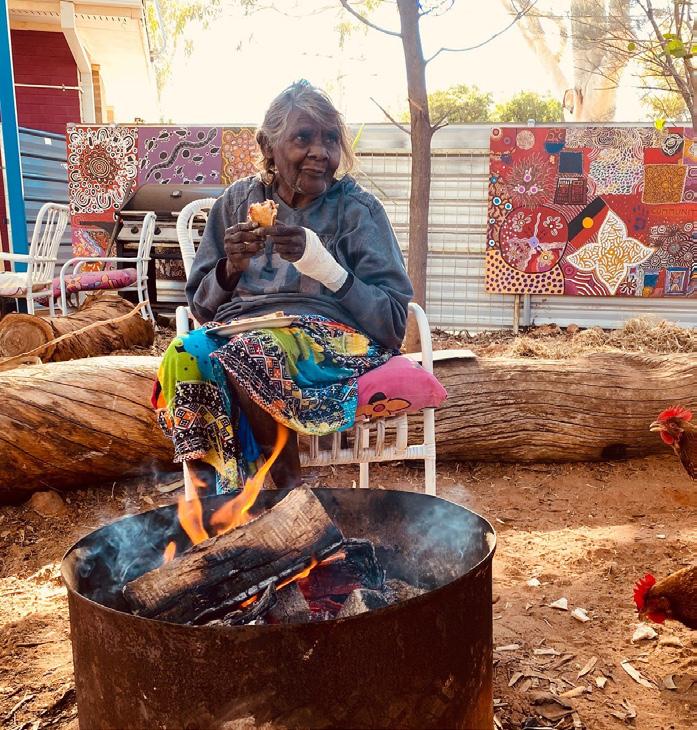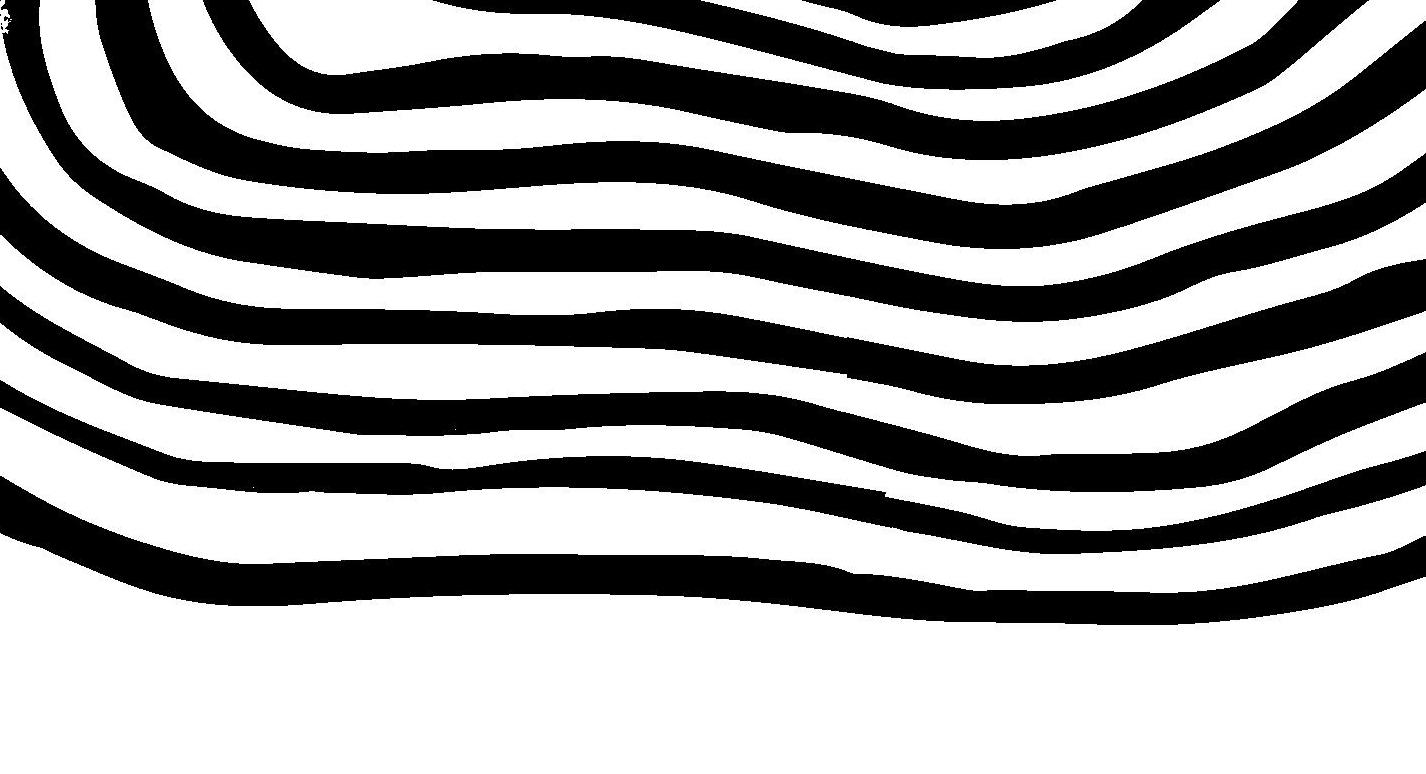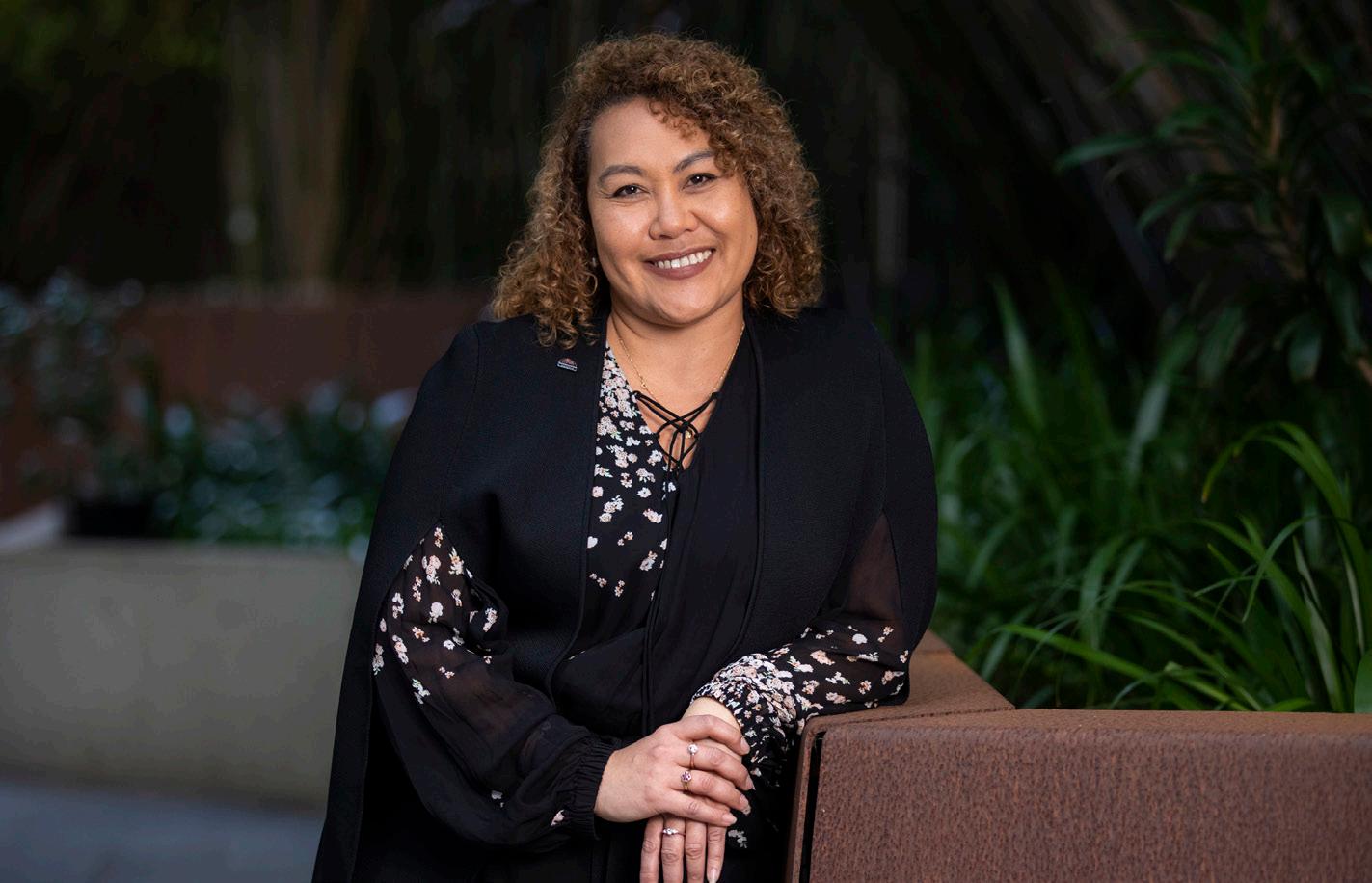
35 minute read
Calendar
DAYS OF NOTE
08 November 2020
NAIDOC Week
10 December 2020
Human Rights Day
24 January 2021
International Day of Education
26 January 2021
Survival Day / Invasion Day / Australia Day
13 February 2021
13th Anniversary of the National Apology
21 March 2021
Harmony Day
EVENTS
Indigenous Business Month 1–31 October 2020 The theme of this year’s Indigenous Business Month was purposefully created to inspire resilience and sustainability in the First Nations business sector. The theme, Invigorate, Build, Maintain to keep our sector strong, speaks to the bushfires, floods, and COVID-19 restrictions that Indigenous businesses have contended with over the course of 2020. Now in its sixth year running, Indigenous Business Month was an initiative of the alumni of Melbourne Business School’s MURRA Indigenous Business Master Class. The month celebrates the immense breadth and depth of First Nations talent in the sector, using positive and inspiring role models to showcase how business can successfully improve equity and quality of life in First Nations communities. With the outpouring of support for the Black Lives Matter movement in Australia, Indigenous Business Month reminds us that ‘buying black’ is a direct and powerful way to show support, and empower First Nations communities through business.
indigenousbusinessmonth. com.au
NAIDOC Week 8–15 November 2020 The theme for NAIDOC week 2020 is Always Was, Always Will Be, acknowledging that the First Nations story on this land started millennia before European contact. This theme invites everyone to celebrate and take pride in living on the lands of the world’s oldest continuing culture, and to learn and appreciate Aboriginal and Torres Strait Islander peoples true histories. NAIDOC stands for National Aborigines and Islanders Day Observance Committee. Its origins can be traced to the emergence of Aboriginal groups in the 1920′s which sought to increase awareness in the wider community of the status and treatment of Aboriginal and Torres Strait Islander peoples. Today, NAIDOC Week celebrates the history, culture and achievements of First Nations peoples, and everyone is encouraged to take part and celebrate. It’s a time to connect with and support Traditional Custodians in your local community, attend place-based events, and learn more about and celebrate the Country you stand on.
naidoc.org.au
Human Rights Day 10 December 2020 “Where, after all, do universal human rights begin? In small places, close to home—so close and so small that they cannot be seen on any maps of the world. [...] Unless these rights have meaning there, they have little meaning anywhere. Without concerted citizen action to uphold them close to home, we shall look in vain for progress in the larger world.” Eleanor Roosevelt The United Nations General Assembly adopted the
Universal Declaration of
Human Rights (UDHR) on 10 December 1948. The Declaration outlines the inalienable rights which everyone is inherently entitled to as a human being regardless of race, colour, religion, sex, language, political or other opinion, national or social origin, property, birth or other status. Human Rights Day is a time to commemorate and reflect on the rights Australians exercise every day—as well as acknowledge that not everyone enjoys them. After all, appreciating these rights means committing to improving them for others.
humanrights.gov.au
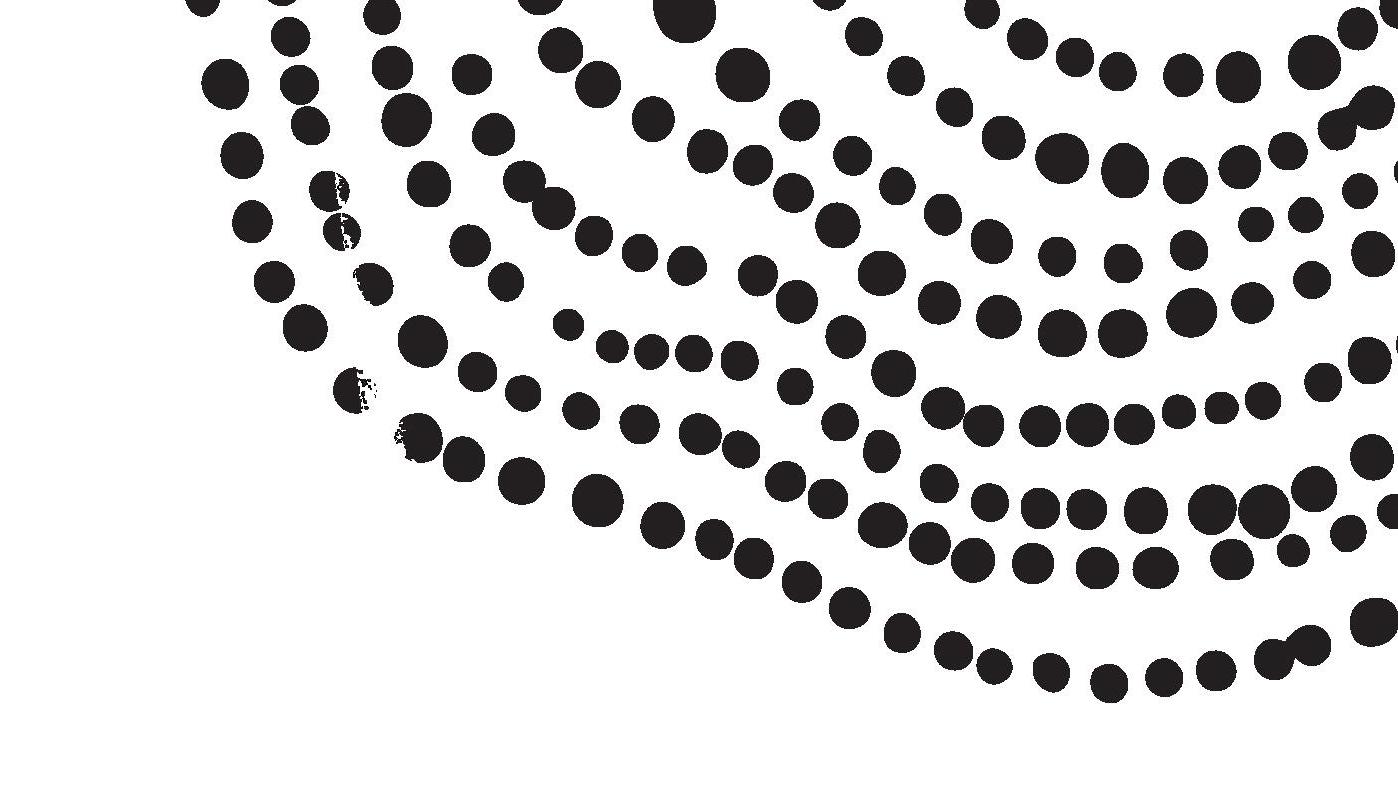
Fremantle Mayor Brad Pettitt (pictured left) and the City’s Aboriginal Engagement Officer Brendan Moore accepting the Promoting Indigenous Recognition category at the 2019 National FREMANTLE: Awards for Local Government. Photos: Fremantle Council RENAMING TO RECONNECT
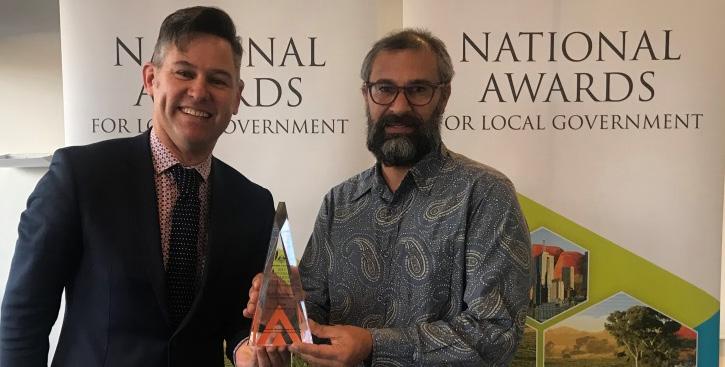

Local Government is leading the way in recognising First Nations history and initiating a process of truth-telling through the renaming or dual naming of landmarks, sites and streets. Fremantle Council tells Reconciliation News that Reconciliation Action Plans have been a major catalyst for this process.
Nowhere does the truism about history being written by the victors apply more than to the recording of Australia’s colonial past.
The ancient occupation of this continent by Aboriginal and Torres Strait Islander people is routinely omitted in the writing of our history, and Australian cities and towns are full of streets, suburbs and statues honouring the names of colonial officials responsible for massacres and other crimes. The Aboriginal names of mountains, rivers and other key landmarks are replaced with the names of colonists and British aristocrats.
Place names, like revisionist history, tell lies about a landscape.
One of the key prerequisites for reconciliation, and one of its five key dimensions, historical acceptance, entails the honest telling and acknowledgement of the dispossession and violence which accompanied the creation of Australia. In Western Australia, the City of Fremantle (or Freo as locals know it) has started a process, under its Reconciliation Action Plan, to do just this; to recognise its Whadjuk Noongar history.
Fremantle Mayor, Brad Pettitt, is determined that this recognition is reflected in the names of the city’s public spaces.
“Freo, as a place, has a very long history, way before 1829, and the stories embedded in the old names are an important part of that history,” he says. “There’s a real hunger and desire to better understand this place and the names that have been used for tens of thousands of years.”
Fremantle joins other Australian local governments, including Perth and Hobart, in renaming or dual naming sites. It is currently planning to name its new civic centre and council chambers as the Walyalup Centre in recognition of the area’s original Whadjuk name.
However, the naming issues confronting Fremantle and other Australian local governments are not just about reinstituting Aboriginal names.
The naming of streets, parks, suburbs and towns after colonial figures, responsible for appalling historical crimes against Aboriginal and Torres Strait Islander people, is another challenge to local government.
As Mayor Pettitt puts it, “There is a very dark history to this place, to Western Australia, and it is very important to recognise that. We can’t move forward until we do.”
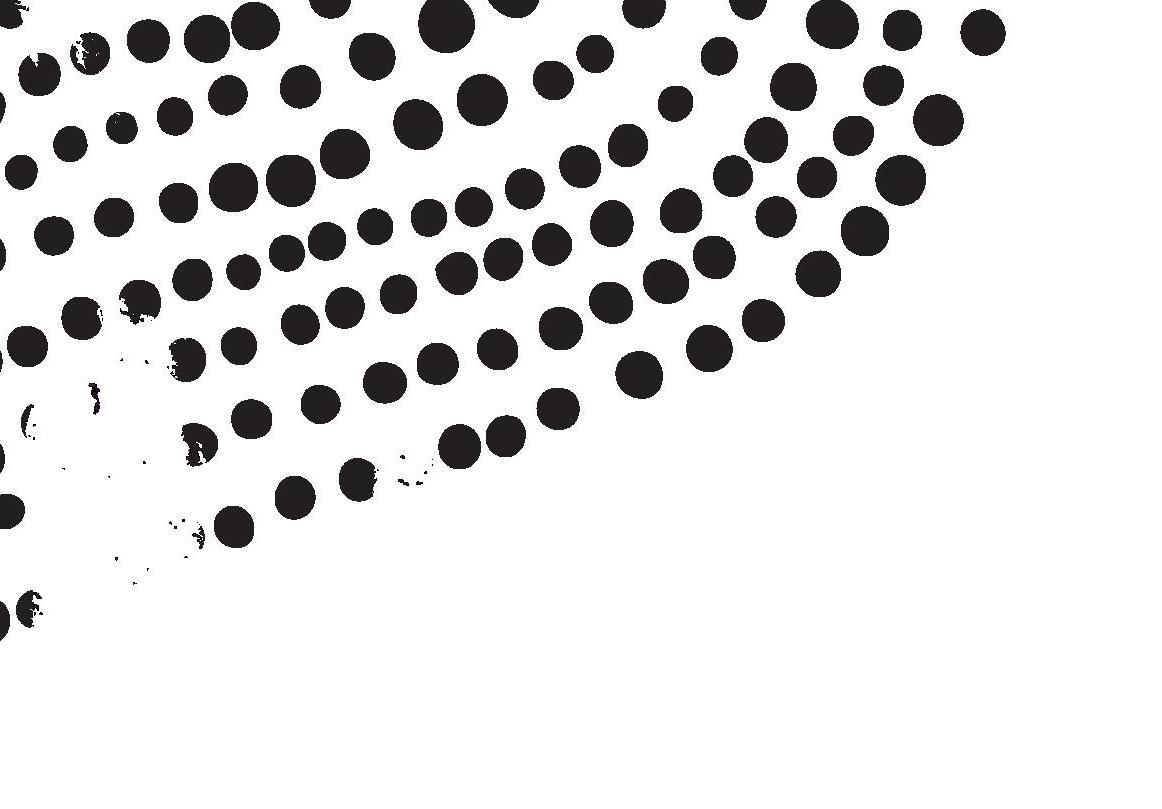
“And for Freo that dark history is very real. The round house on High Street, which is the oldest public building in WA, was central in this history of transporting thousands of Aboriginal prisoners from all around WA to Rottnest Island – a place from where many of them never returned.”
Another historical atrocity confronting the council and people of Fremantle is the 1833 Fremantle execution, without trial, of Whadjuk leader Midgegooroo, who led his people’s resistance to the expansion of the Swan River colony.
Midgegooroo was executed by firing squad on the orders of Western Australia’s colonial administrator, LtGovernor Frederick Irwin.
Midgegooroo’s execution, the only one by firing squad in the history of colonial Australia, was in retaliation for the killing of two settlers by unidentified Whadjuk warriors as the encroachment of the Swan River colony expanded.
Lt-Governor Irwin is remembered with street names, a river, a park, and a military barracks in Fremantle. However, the name of Midgegooroo would certainly have passed into obscurity had it not been for the determined efforts of his Whadjuk descendants.
Fremantle City is currently proposing to change the name of the city’s main square from King’s Square to
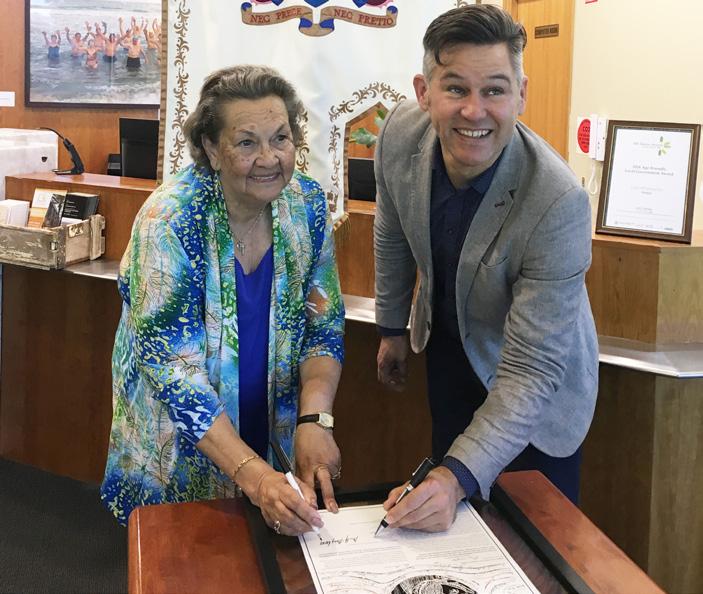
Whadjuk Elder Marie Taylor and the City of Fremantle Mayor Brad Pettitt sign the City of Fremantle’s Statement of Commitments to Reconciliation Midgegooroo Square.
This proposal follows the naming of Perth’s main square after Yagan, Midgegooroo’s son, who was also murdered by Swan River colonists and whose decapitated head was pickled and sent to London where it was exhibited in museums.
After decades of demands for its return by Yagan’s distraught descendants he was finally returned for burial on his ancestral lands in 1997.
“We were never taught Aboriginal history,” confesses Mayor Pettitt. “Making sure that history is visible, and that it’s understood is a really important part of the healing process.
“Renaming is increasingly being seen as a way of reconnecting with history and furthering reconciliation.”
Under Fremantle’s RAP, recorded telephone messages and signatures at council offices will adopt a dual name of Fremantle and Walyulup, major roads into the city already have a welcome message in the Whadjuk language, and new roads are being given dual Whadjuk/English names. Mayor Pettitt says the City’s Whadjuk residents have enthusiastically greeted the Council proposal and he is confident that the rest of the community will follow.
“Historically, there’s been a fear of a backlash and we’ve had moments of that but we are determined to take the community with us, through a strong collaborative approach around the renaming of King’s Square,” he told Reconciliation News.
The mayor is confident that Fremantle’s lead reflects growing calls by nonIndigenous Australians for historical recognition
“Even in the past 12 months, since we first started to seriously talk about renaming or dual naming, we’ve seen the same conversation happening in lots of places, including the Western Australian Government’s renaming of the King Leopold ranges in the Kimberley to the Wunaamin Miliwundi Ranges, and the renaming of five local parks around Perth.”
Whadjuk woman, Ingrid Cummings, a descendent of Midgegooroo and Yagan, and Noongar cultural advisor to Curtin University, talks of her sadness that her daughters are taught very little of their Whadjuk history at school.
“Ignorance is bliss,” she told a Black Lives Matter forum at Curtin University.
“Imagine the future conversations I am yet to have with my children, about Stirling Highway being named after the man who ordered the murder of hundreds of Whadjuk Noongars during the establishments of the Swan River colony, including their relatives, Midgegooroo and Yagan.
“And that our hometown is named after Captain Fremantle who illegally acquired the lands, forcing them off Country, and setting up the colonial vehicle that saw the impacts still felt today.
“And of course, the Roe Highway named after John Septimus Roe who participated in the infamous Pinjarra massacre, the murder of young women and children in Binjareb Country on 28 October 1834.
“Kids their own age. People just like us.”
Despite her frustration Ingrid is confident of a growing coming together of Noongars and wadjellas (whitefellas).
“Gnullar koorliny boorda mar barruniny mar ngoorn djookian. Koodjal boodjar kadadjiny, keny koorl – may we from here, go hand in hand to the future brothers and sisters. Two worlds, one journey,” she told the Curtin forum.
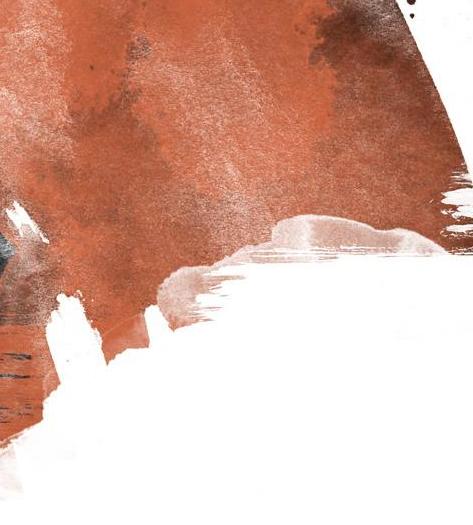
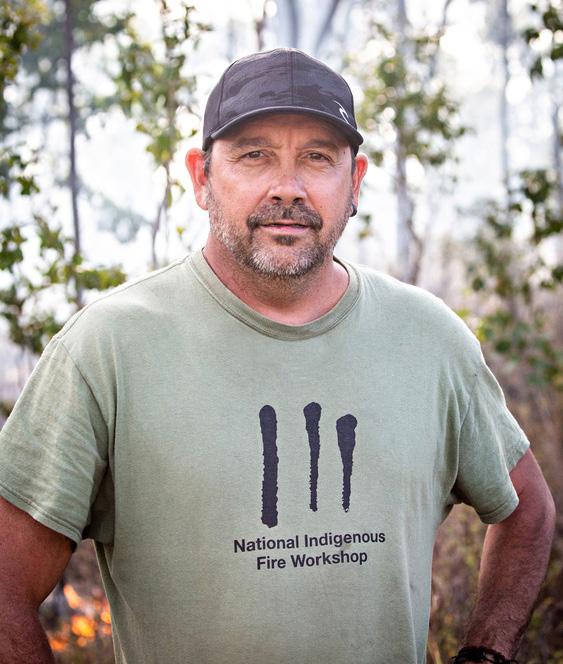
Photo: Victor Steffensen
IN CONVERSATION: VICTOR STEFFENSEN
Victor Steffensen is a Tagalaka man and author of the ground-breaking book, Fire Country. Guided by his mentors, Kuku Thaypan Elders Dr Tommy George and Dr George Musgrave, Victor has worked for decades tirelessly advocating for a decisive Aboriginal voice in land management and ecological services. He has been a key activist for a return to cultural burning practices led by local Aboriginal people holding fire workshops across Australia for famers, fire fighters and government agencies.
Your book Fire Country is as much about the journey of an Aboriginal man reconnecting to Culture, as it is about fire. Can you tell us a little about that journey?
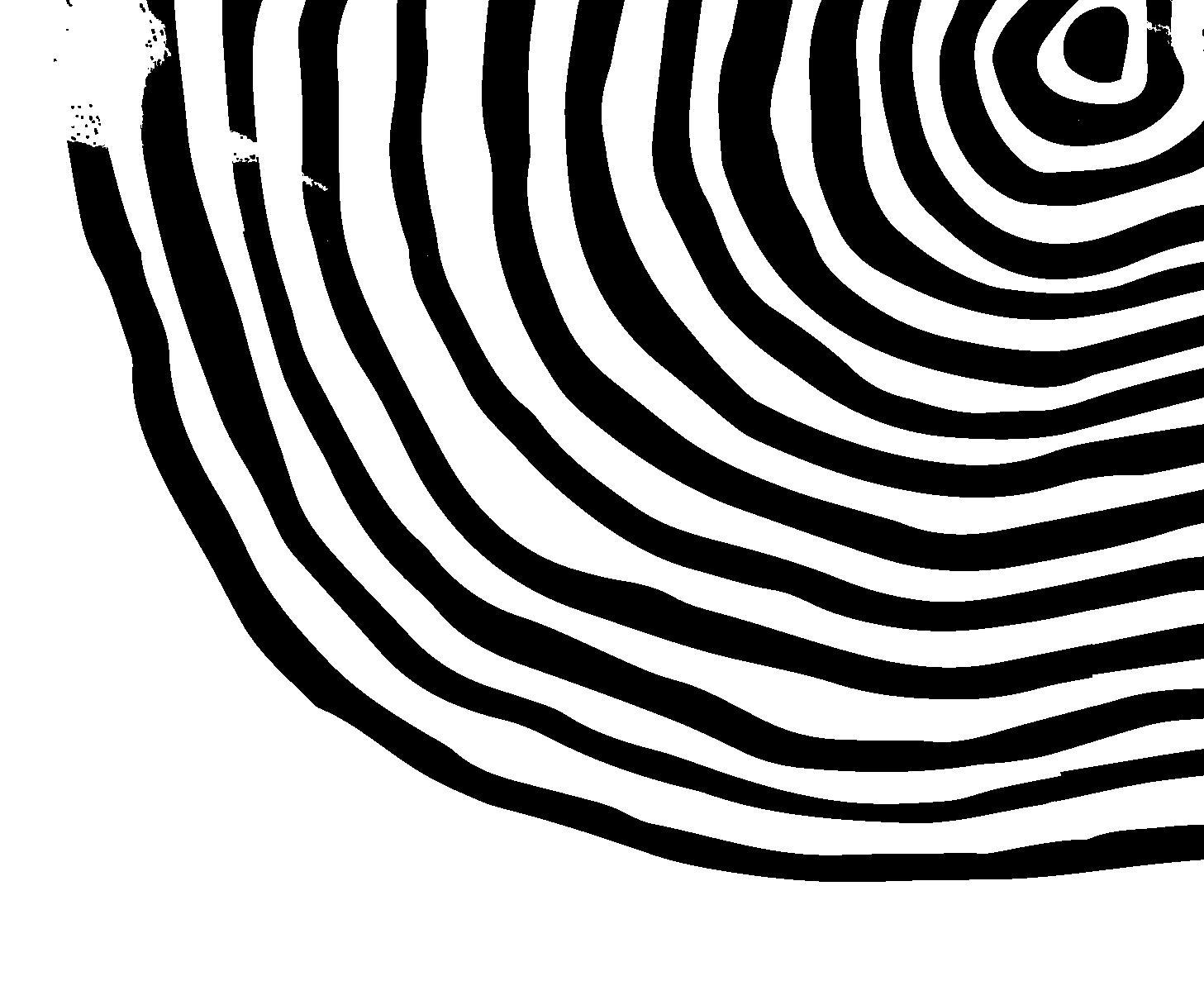
My mother’s family are Tagalaka. My Granny was sent to be a housemaid, separated from her brothers, one was sent to Palm Island and one to work on the cattle stations, so we were separated and unable to pass on a lot of knowledge and language.
That was why it was hard for me to learn my culture and language and that’s what drove me to relearn those things, that’s been my aspiration from when I was a little boy.
How did that aspiration manifest itself?
I felt there was a gap, a big hole inside. I learned about my father’s family and his Viking heritage at the table, Mum would talk about where the Aboriginal side of the family came from but it couldn’t go no further because she and her family were taken away from Country and her Elders.
I grew up in an Aboriginal community at Kuranda in Far North Queensland, and many friends didn’t know where they came from. This loss of knowledge and connection was the key reason I started recording this knowledge and sharing it with other communities. Right around the country we have Indigenous communities suffering from the effects of colonisation, and I wanted to change that.
In the book you describe meeting your mentors, Kuku Thaypan Elders, Dr Tommy George and Dr George Musgrave, for the first time. It’s clear that Uncle Tommy saw something in you when he invited you to share his home in Laura. Tell us about that first meeting.
Old TG (Dr Tommy George) saw me and I saw him and that was the beginning. It was like we were drawn to each other. Those two old men saw my huge thirst for knowledge and they had a similar thirst to share knowledge, to pass that down to the next generations. When the three of us met, we found a place where we could fulfil that dream.
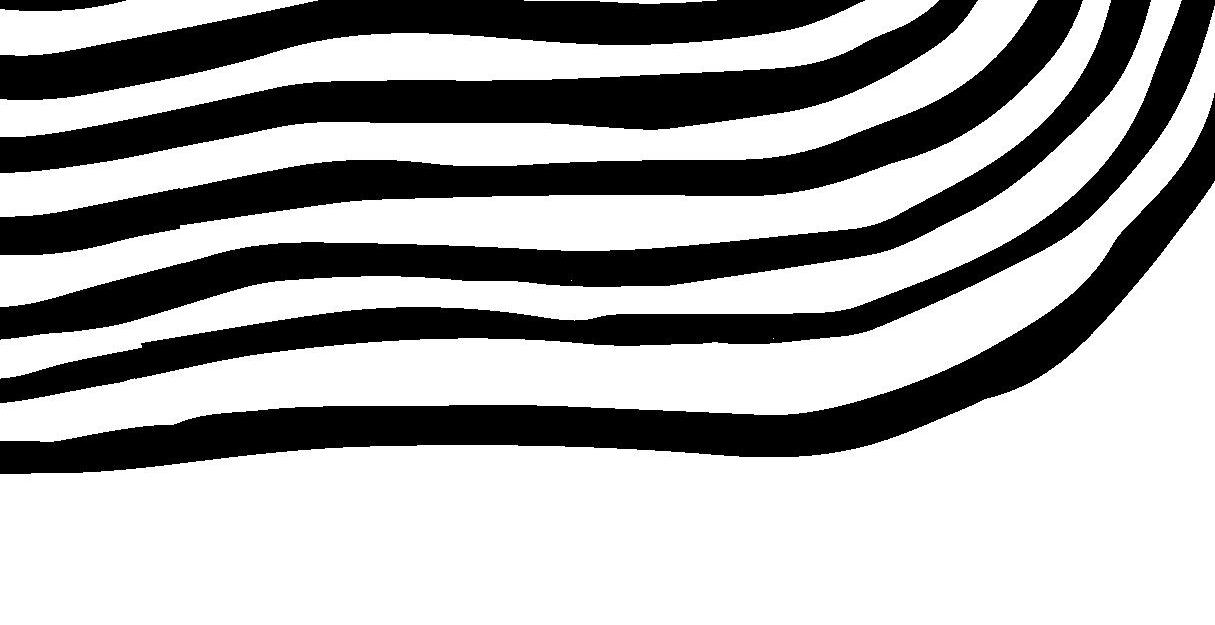
Where I could learn and they could teach, and together we could help pass on knowledge on Country. All Indigenous Elders across the world have that dream; to see the people and Country healthy again, thriving and healing.
Back then there was no involvement of Aboriginal people in land management; it was a time when the knowledge of those old men was most needed.
Both of those Elders have passed on but how much of your successes did they see before they went?
Those old fullas left knowing that they had achieved something important in their lives. They were confident that I would carry this on for the rest of my life. They were very happy to see their knowledge being shared with other Mobs and to receive their honorary doctorates (from James Cook University) in recognition of their life’s work.
Those Old Men are also recognised by all the communities we work with across Australia, as the seed of all that knowledge and that’s something very beautiful.
Aboriginal knowledge and science, has been largely ignored, even dismissed and ridiculed by mainstream Australia. The 2019 bushfires caused a significant shift in attitudes towards Aboriginal fire management techniques. Is this a sign that real change is happening?
Our work has occurred during a time of considerable change in the attitudes of the broader community towards Aboriginal knowledge. Since the 2019 wildfires there’s been a huge shift and that is what we are all about, Aboriginal voices and Aboriginal knowledge being heard. Fire is just the beginning.
Our first burns were illegal burns, we couldn’t get a fire permit. Even today we’re still up against all that denial. It’s just based on fear that’s been taught to all Australians since colonisation and that has produced who we are today, black and white. If you’re an Australian that thinks that colonisation only affects Indigenous people, you’re wrong. If you think that Aboriginal people can’t do things for ourselves then you have a colonised mind.
The healing of communities is crucial, the healing of Country is crucial and decolonising the minds of Black and white Australians is crucial to us finding solutions into the future.
In the book you express a fear that the broader community might take fire knowledge while continuing to exclude Aboriginal people from both burns and a role in broader land management issues. How do we ensure that doesn’t happen?
Aboriginal people understand that nonIndigenous people and government agencies are part of our lives and we want to share our knowledge. Aboriginal people have always been like that; the Guugu Yimithirr even helped feed Captain Cook when he was laid up in Cooktown. Aboriginal people are a generous people whose culture is based on sharing.
When we see non-Indigenous and government organisations take this knowledge, run off with it, and all of a sudden, they are controlling it, wanting to do it their way, dictating how it should be done, it’s no longer cultural burning and we are not applying Indigenous knowledge any more. They need to take a step back and let Aboriginal people lead for a change.
If we continue to see this western dominance then we are going to see opportunities lost and our knowledge bastardised. Are you saying that for Aboriginal fire practices to work there must be a bigger societal change to return power and agency to Aboriginal people?
Yes, Aboriginal knowledge can’t be utilised effectively without Aboriginal people, without people who understand that knowledge and its cultural context. Too many government agencies and others want to jump the gun, run off with our concepts without properly understanding them. It’s the same old way of thinking; that there’s always gotta be whitefellas in charge. How can they be in charge when they don’t know what they are doing? But in many places it’s working very well, we are getting a lot of communities running their own burns and getting cooperation from the government and private land holders.
Are you optimistic about the future? Do you think Australia is heading in the right direction?
I’m always optimistic! You have to be optimistic! My advice is don’t listen to negative people; those who say that something can’t be done, that it’s too time consuming, too costly. What I learned from my mentors and from the Country itself is that we can heal this land. This is an exciting time not a time for doom and gloom.
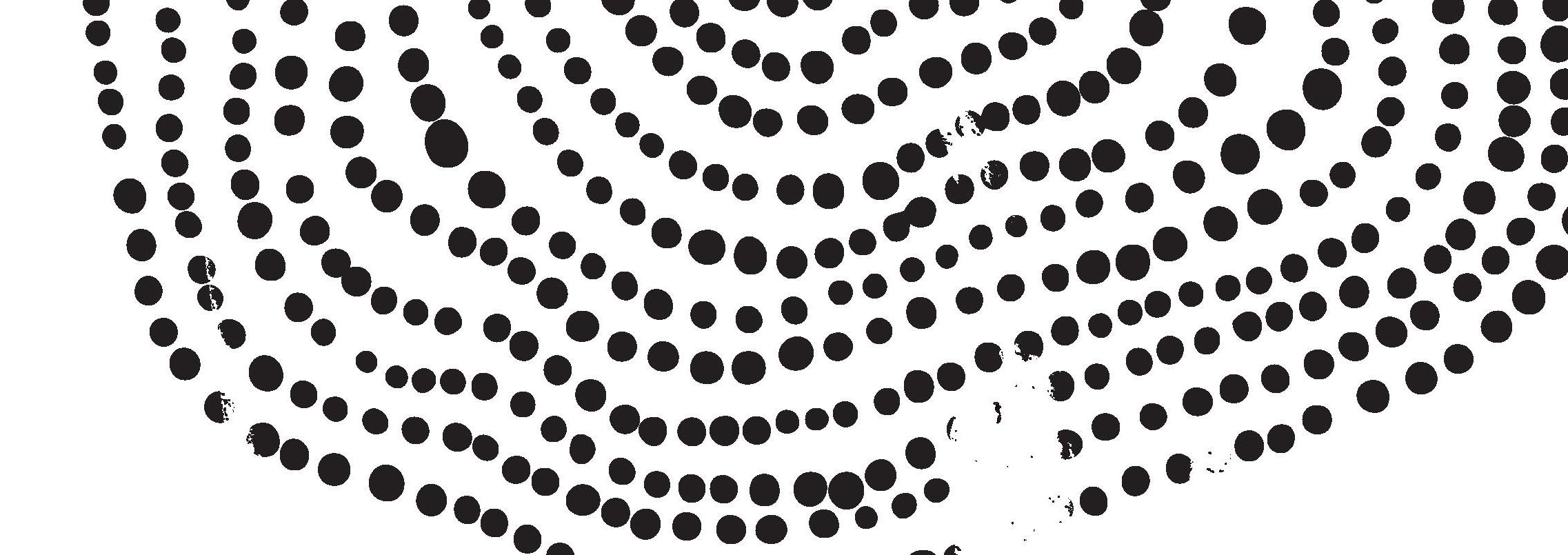
SETTLING THE SCORE: LEVELLING THE PLAYING FIELD OF RACE RELATIONS
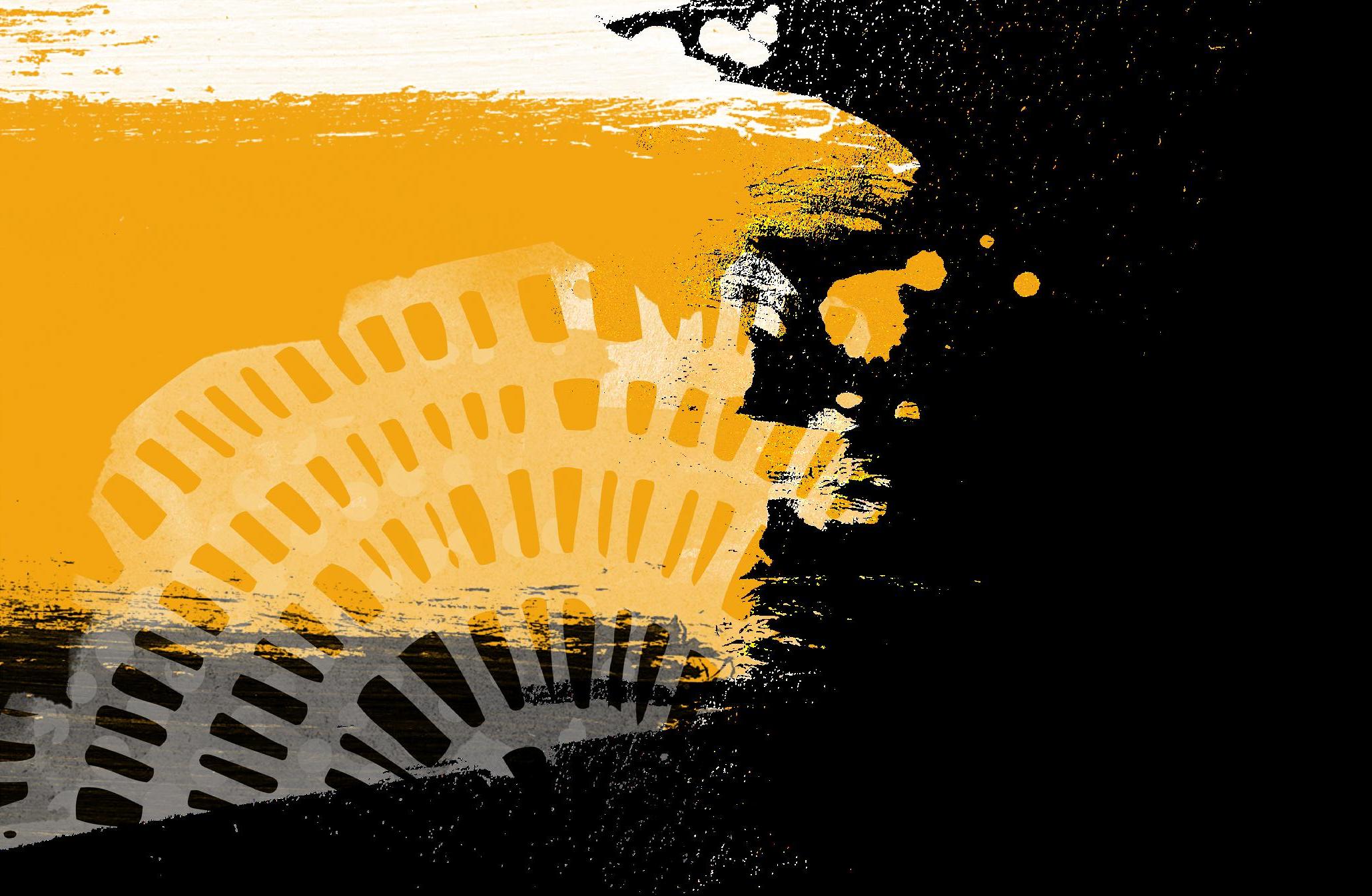
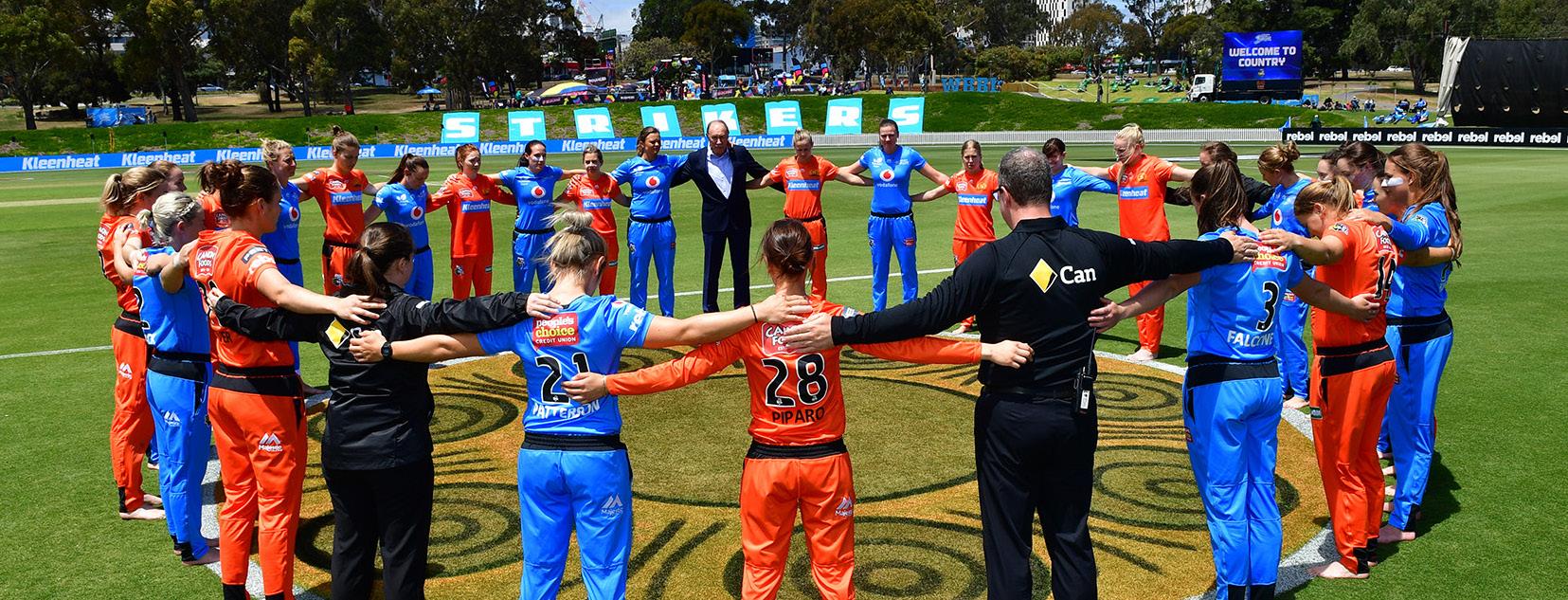
Adelaide Strikers and Perth Scorchers come together barefoot to connect to Country before playing for the Aunty Faith Thomas Trophy, 8 November 2019. Photo: Cricket Australia
Some of the biggest moments in Australian sporting history involve Aboriginal and Torres Strait Islander peoples.
Cathy Freeman stopping the country with her win at the 2000 Sydney Olympics, and Lionel Rose being welcomed back to Melbourne by 250,000 people after grabbing the world bantamweight boxing title in 1968, are just a couple of the most famous.
There are so many times in Australian sporting history when, as respected Sports Broadcaster Charlie King describes, we felt “the moment had arrived when non-Indigenous Australians were accepting Indigenous Australians, that it’s a great moment for us all.
“But alas, it didn’t last.”
On and off the field
Sport is woven into contemporary Australian society and it has been an area of distinctive achievement for Aboriginal and Torres Strait Islander peoples. more than half of Australian men and women participate in some sport-related activities; with up to three-quarters of our children teaming up in some kind of sports.
Sport in any form gives us a place to meet with one another, learn about and celebrate our differences under the banners of team camaraderie, forging bonds that could spill over the boundaries of the playing field; potentially allowing stronger relationships between Aboriginal and Torres Strait Islander peoples and non-Indigenous Australians.
As far back as 2011, a Rugby League National Census indicated that Aboriginal and Torres Strait Islander peoples made up almost 6% of all registered players, 12% of NRL players, and over one-third of the Australian National team, the Kangaroos.
In the last decade, the NRL, AFL, and Cricket Australia have made considerable progress towards promoting diversity and inclusion within the frameworks of their respective sports. As a sporting organisation with strong ties to and influence over communities Australia-wide, the Australian Rugby League Commission (ARLC, the body administering the NRL) has committed through its Reconciliation Action Plan (RAP) to creating and supporting football pathways for more Aboriginal and Torres Strait Islander men and women, from youth through to the elite level.
Similarly, several clubs within the AFL have committed to RAPs, and we’ve seen the creation of the Naitanui Academy (Next Generation Academy) by the West Coast Eagles. Such efforts have resulted in greater participation from, and opportunities for, people from diverse backgrounds as they develop playing Australian Rules football.
These efforts can potentially help to positively shape race relations through sport by structural change for better opportunity and representation for Aboriginal and Torres Strait Islander people. While sport continues to be a place where racism regularly manifests, it also provides a forum where ignorance and racism can be addressed.
But still we see racism playing out on the sporting fields of the country. The global Black Lives Matter movement has provided a space for athletes to call on team mates, clubs, administration and fans, to take a stand against racism in all forms. Among these were the Australian women’s national basketball team, the Opals, who invited the Australian community to “RISE UP” in support of Black Lives Matter.
Reconciliation Australia uses the Five Dimensions of Reconciliation as the roadmap for Australia’s reconciliation journey. One of those five dimensions— Race Relations—is about understanding and valuing Aboriginal and Torres Strait Islander and non-Indigenous cultures, rights and experiences to achieve stronger relationships based on trust, respect and ultimately free of racism.
The Cricket Australia pitch
The first organised group of Australian sportspeople to travel overseas in 1868 was an Aboriginal cricket team that toured England between May and October of that year. However undeniably momentous this was, the players were unpaid, and upon their return home, resumed their governmentcontrolled lives in a racist colony. “We’re teaching the tangible benefits of being an inclusive club, rather than it being something that just should be done for the sake of it, and it’s becoming more of a business priority.”
While there have been standout success stories of individual Aboriginal cricketers since, it’s in the last decade we’ve seen a significant shift in cricket’s connections to Aboriginal and Torres Strait Islander peoples.
In 2020 Cricket Australia (CA), the governing body that administers cricket in Australia, is striving to raise participation from people of diverse backgrounds across every level of competition as players, officials and even volunteers.
“We’re teaching the tangible benefits of being an inclusive club, rather than it being something that just should be done for the sake of it, and it’s becoming more of a business priority,” says Adam Cassidy, Community & Diversity Inclusion Manager at Cricket Australia.
“Cricket has a very strong social aspect, that unique aspect where you do sit around for a long time talking.
“So, as a sport it has the ability to play a positive role, promoting conversations for learning about one another’s differences, and building understanding.” As Australians keep playing, watching, and consuming sport as part of our national diet, so can we hope to see more of us supplementing that diet with the fruits of the anti-racism efforts that are becoming stronger and more prominent in national sporting codes.
As Charlie King reminds us, “We saw what happened when Adam Goodes stood up to racist taunts; we saw Nicky Winmar pointing to his skin colour.
“They are also big moments in sport.
“These are social changes that need to happen to make the country feel good about itself.”
Sport cannot level the playing field of race relations on its own. However, with so many Australians playing watching and contributing to sport, every sporting code and organisation in Australia—whether they have a RAP or not—must lead the way through commitments and actions, to better the relationship between Indigenous and non-Indigenous athletes, officials, and administrators.
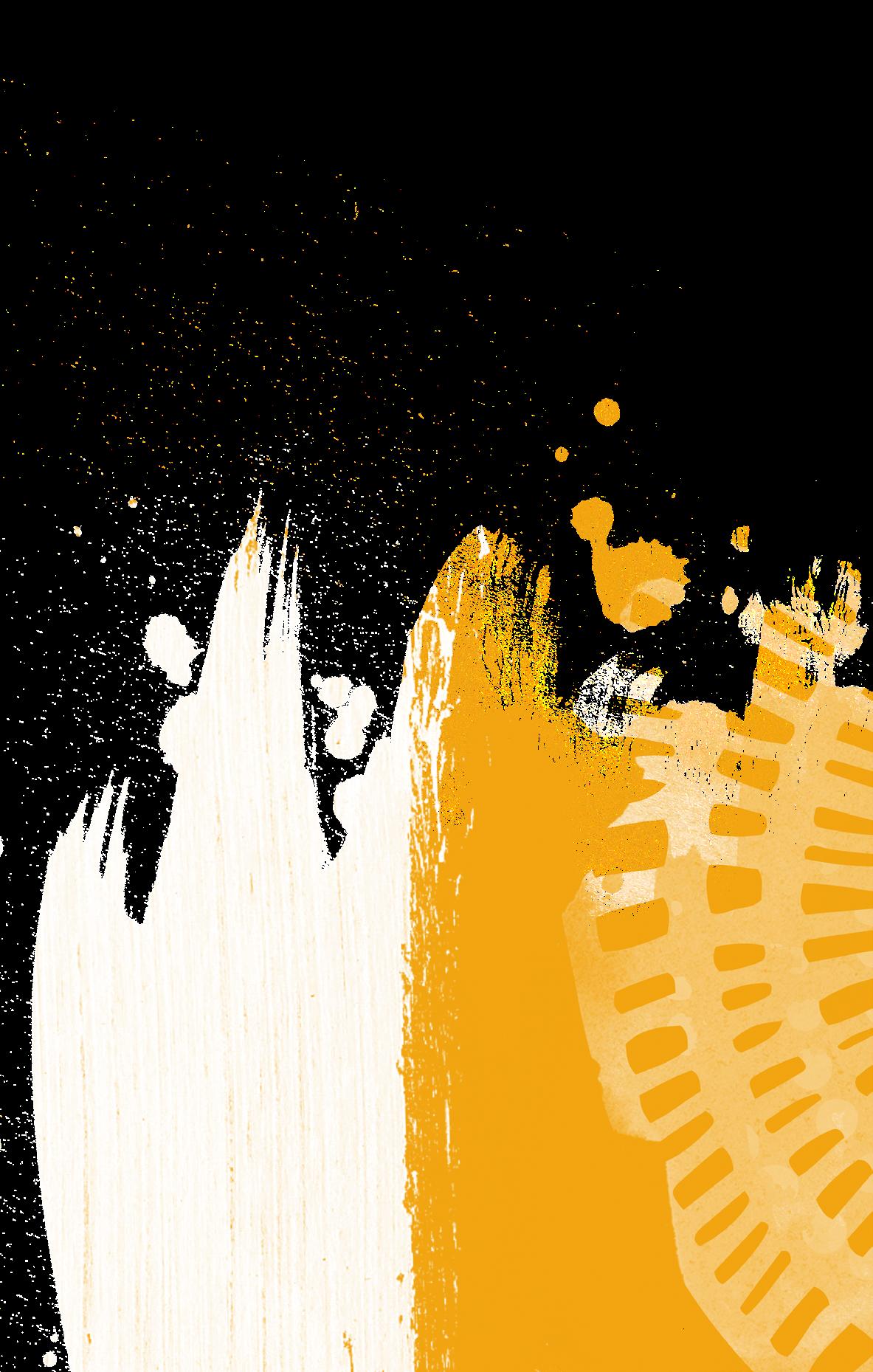
From the local club to the professional leagues, promoting respect, trust, and positive relationships between the wider community and Aboriginal and Torres Strait Islander peoples is vital to reconciliation and to ending racism in our games, as well as contributing to better race relations off the field.
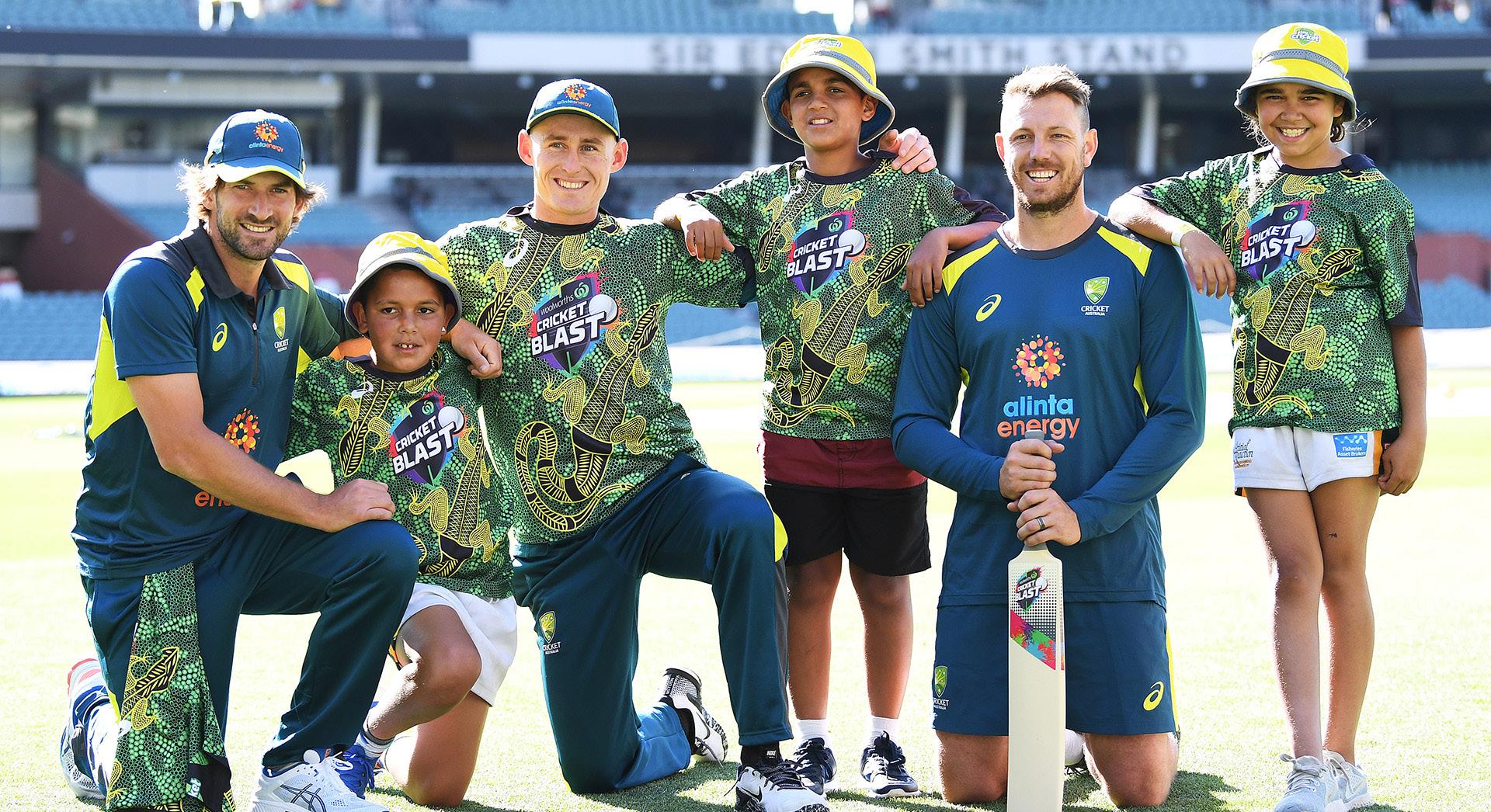
Cricketers Joe Burns, Marcus Labusschagne and James Pattinson with participants from one of Cricket Australia’s many workshops for young people. Photo: Cricket Australia
BE AN ALLY— CARE FOR COUNTRY
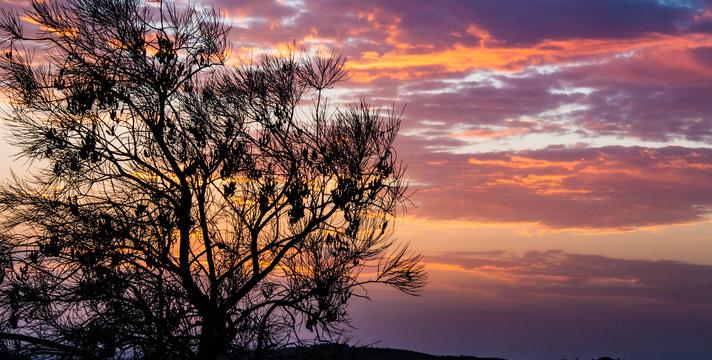

Arrernte Country, Mparntwe (Alice Springs). Photo: Rob Corrigan
The effects of climate change have led to many people seeking new ways to engage with the environment—including understanding land management techniques developed by First Nations peoples over millennia. What does ‘caring for Country’ mean, and where do we go from here?
The relationship between Aboriginal and Torres Strait Islander peoples and Country is inseparable from identity, languages, cultures, and physical and spiritual wellbeing.
Because of this, First Nations peoples could be considered some of Australia’s first climate change refugees, being alienated from the lands, skies, and waterways they have managed for upwards of 60,000 years. Bruce Pascoe’s Dark Emu and Bill Gammage’s The Biggest Estate on Earth have challenged Australia’s understanding of Aboriginal and Torres Strait Islander peoples relationship to the land.
More and more people are learning about how these perceptions are rooted in the falsehood of terra nullius, while also enabling more knowledge in how First Nations peoples managed and shaped their environments. megafires, in which Australia watched 21 per cent of its temperate broadleaf and mixed forests burn, killing one billion animals and driving more native species to the point of extinction.
Neil Morris, a Yorta Yorta and Dja Dja Wurrung musician and advocate, explained the manyfold effects of Aboriginal and Torres Strait Islander peoples having to leave Country in a piece for IndigenousX:
“Our peoples having to relocate because of these fires could spell a very clear slicing of the umbilical cord connecting Mob to Country, which could have lasting impacts for generations to come,” he said.
“Why? Because our ancestral connection is real, it is palpable, tangible, and it is proven that when our peoples are taking care of Country, so many markers of a healthy society are achieved.”
The fires forced a questioning of Australia’s status quo relationship with the natural world, leading to a surge of interest in First Nations approaches to managing Country, such as cultural burning practices.
However, it’s a common and harmful misconception that mainstream environmentalists and Aboriginal and Torres Strait Islander peoples automatically see eye-to-eye on issues affecting Country.
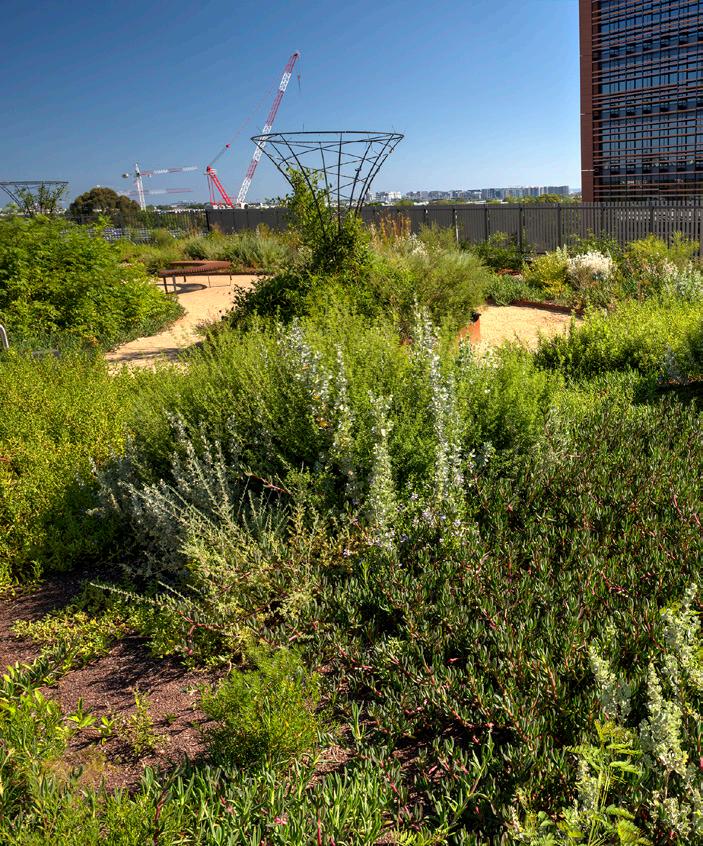
Being a caring for Country ally is not just about taking interest in the environment, but rather respecting Aboriginal and Torres Strait Islander peoples inherent rights to steward their own Lands, skies, and waterways, as they have done for generations.
Agency and action
First Nations peoples have survived millennia of environmental upheaval, including a 5,000-year-long ice age some 20,000 years ago, an event that features in oral histories of the Noongar peoples of south-west Western Australia.
Being a caring for Country ally means appreciating that Aboriginal and Torres Strait Islander peoples are deeply involved in self-determining for their Country and are leading the way in climate action.
In May 2019, eight Torres Strait Islander peoples lodged a landmark complaint with the UN Human Rights Committee, alleging that the Australian government’s inaction on climate change and failure to stem rising sea levels constituted a violation of their human rights.
“If these climate impacts continue, we fear that—without urgent action—our islands could be uninhabitable in our lifetimes,” said Kabay Tamu, a sixthgeneration Warraberalgal man from the Kulkalgal nation, at the 2019 Peoples’ Summit on Climate, Rights and Human Survival.
“We, as a people, are connected to these islands through our cultural practices and traditions. If our connection to these lands disappears, our Indigenous culture disappears.”
Groups like Seed Mob support and empower Aboriginal and Torres Strait Islander young people to lead grassroots climate justice campaigns, taking action against fracking in the Northern Territory and fighting damaging amendments to the Native Title Act.
First Nations communities are innovating, using technology and partnerships to creatively manage Country. Rangers in Kakadu National Park use artificial intelligence and drones to monitor numbers of wetland magpie geese, and Aboriginal and Torres Strait Islander enterprises like the Aboriginal Carbon Foundation engage with cutting-edge climate solutions in order to economically empower and enable First Nations communities, while also mitigating climate change.
Everyday caring for Country
Caring for Country will always start with a deep understanding of the Land you are on. This means connecting with local Traditional Custodians and supporting local efforts to steward and manage Lands, skies, and waterways.
Learning and supporting Aboriginal and Torres Strait Islander languages is crucial. As Bruce Pascoe says on ABC’s This Place, “the place names of Australia show how deeply and intimately our old people knew the land.”
“You learn the name and you learn the Country—and respect its history.”
The Miriwoong people of the the East Kimberley region of Western Australia, are working to save their endangered language, and in doing so, care for Country.
They developed a Mirawoong seasonal calendar with the Bureau of Meteorology as part of this effort. “In Miriwoong culture, nature and the various ways of interacting with the environment are defined in terms of the language used to describe these patterns,” they said. “The seasonal calendar in its current form can be viewed as a starting point for an innovative approach towards understanding weather, climate and environment.”
Supporting Aboriginal and Torres Strait Islander enterprises for economic and sustainable empowerment is also imperative.
Yerrabingin is a First Nations community rooftop farm in the heart of Sydney with over 2,500 native plants. Interweaving First Nations knowledge and collaborative design, Yerrabingin celebrates Aboriginal permaculture, running virtual tours, as well as soon launching a farm retreat.
“Our culture is embedded in the landscape, and environmental consciousness,” said Christian Hampson, co-founder and CEO of Yerrabingin.
“Sharing this tacit knowledge and wisdom through a cultural landscape, at this point in time, when our Earth is under threat, must be a principal for future landscape design approaches.”
Sharing, educating, and reaching out is key. Understanding the Country you stand on is the first step and respecting Aboriginal and Torres Strait Islander peoples right to manage their own Lands will follow.
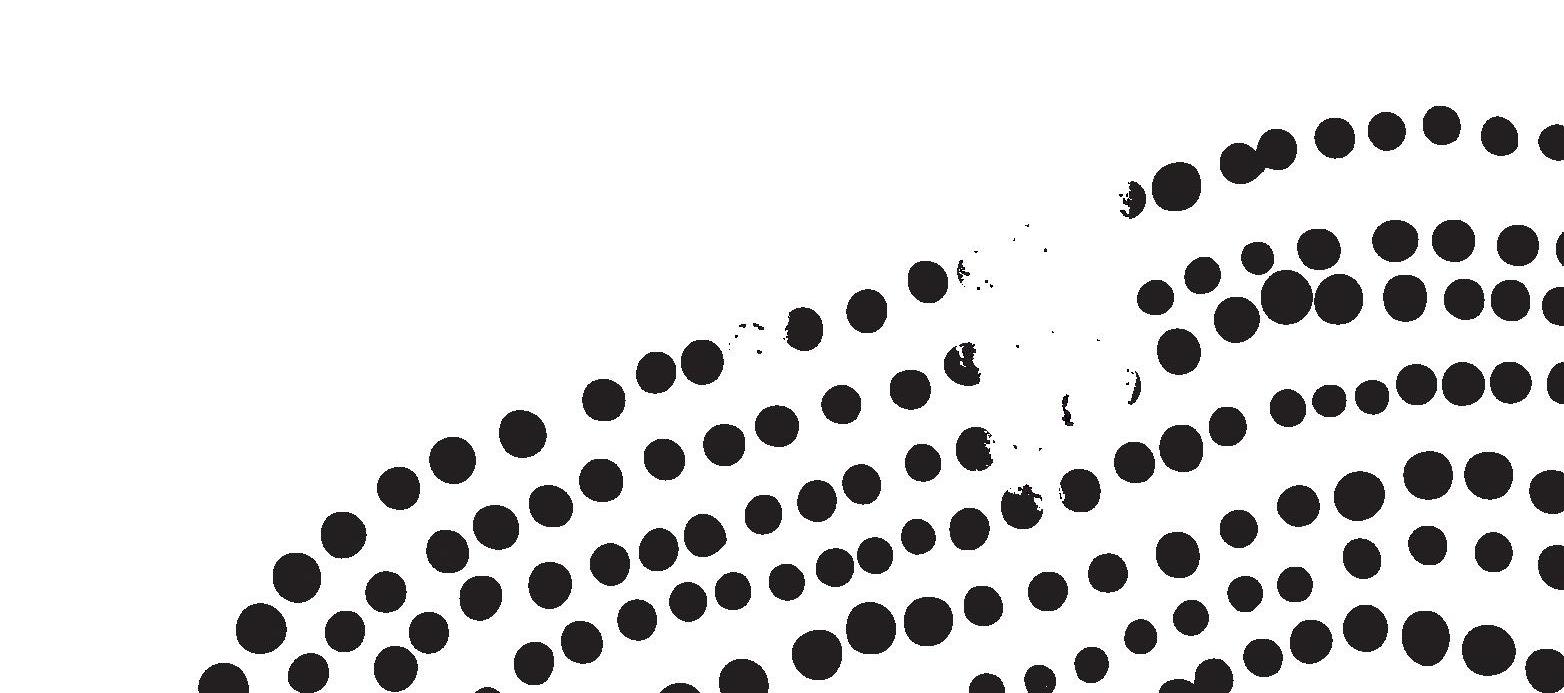
Find out more about caring for Country on the Narragunnawali: Reconciliation in Australia platform.
Professor Megan Davis. Photo: Andrzej Liguz
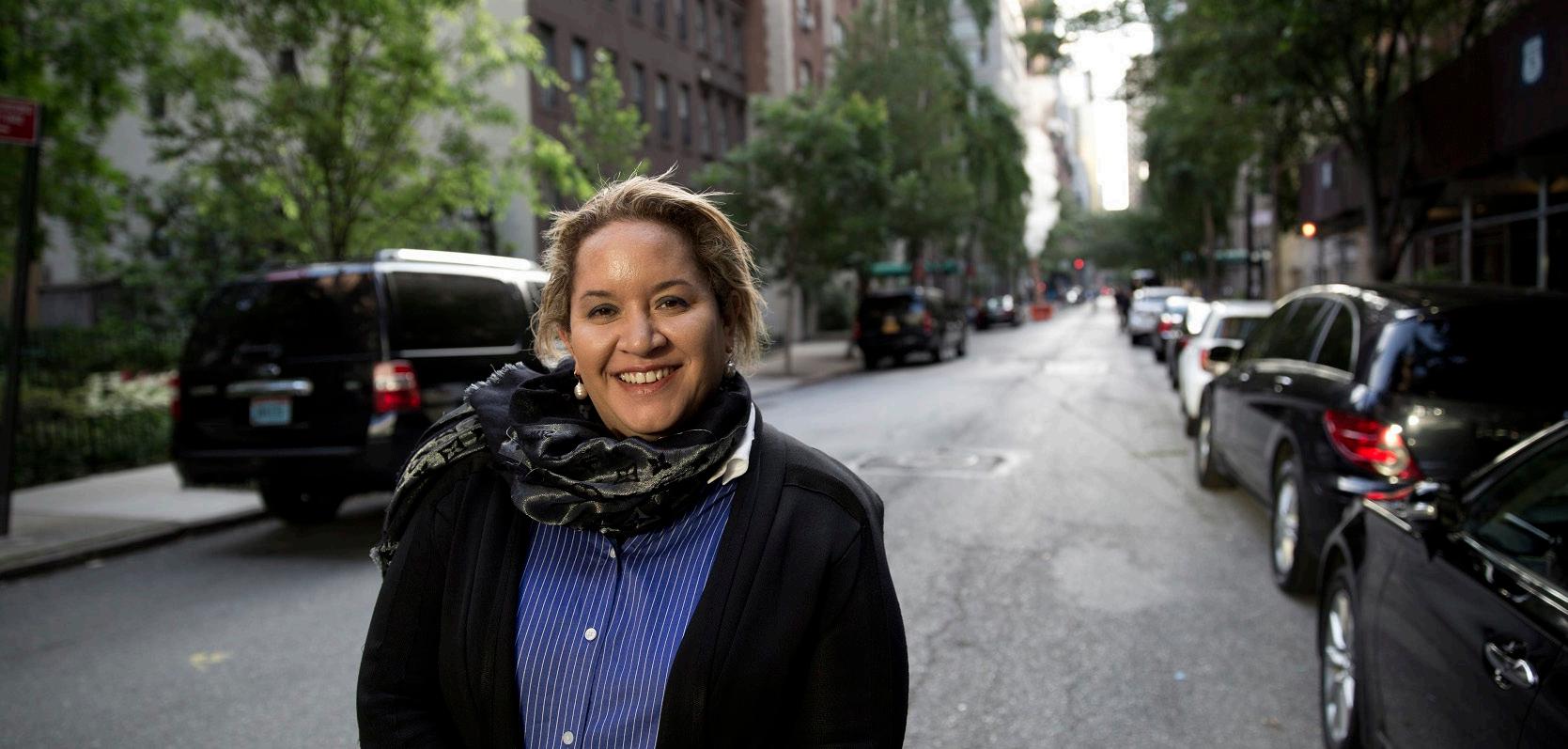

By Megan Davis
Today in Australia, an ancient cultural practice relating to the regulation of strangers on country, born of recognition, relatedness and reciprocity, has become a welcoming convention for the nation.
Welcome to Country protocol is exercised at the openings of parliament, conferences, sporting fixtures and graduation ceremonies. Those who have traced the contemporary iteration of Welcome to Country from the classical pre-contact period to today say its resurgence can be traced to the ’80s, the land-rights era. It is a cultural practice, but it is also a legal and political act. Performative. Ritualistic. Respectful. It is a ubiquitous feature of the Australian cultural landscape.
Welcome to Country can be distinguished from an Acknowledgement of Country: the former is delivered by a Traditional Owner and the latter is not. Unlike Welcome to Country, the Acknowledgement of Country, when delivered by a non-Indigenous person, has been known to animate discomfort among Aboriginal people.
A few years ago, Bundjalung woman Rhoda Roberts lamented its perfunctory nature, observing that it often “lacks heart”. It can stir the simmering tension over the Australian polity’s proclivity only for empty symbolism as opposed to substantive rights.
There has been a notable proliferation of its use by nonIndigenous Australia in correlation to the diminution of Aboriginal rights, particularly property rights. Of course, many have persuaded themselves that because Aboriginal people do not “own” the land, then the apparent paradox is inconsequential—hence the exaggerated pause on the word “custodianship” in such acknowledgements.
And ironically, during National Reconciliation Week this year, while many were pursuing the to-do list of activities aimed at reconciling the native and coloniser—such as adding native foods to stir-frys, and showcasing the practice of Acknowledgement of Country—we heard the news that Rio Tinto obliterated from the face of the earth some of the oldest Aboriginal heritage sites known to mankind, believed to connect the ancient polity of that area to 46,000 years ago. These examples highlight the tensions between acknowledgement protocols and the facts on the ground.
Of greater intrigue, though, is a puzzling incantation that was unilaterally added to the typical acknowledgement phrasing and has raised many eyebrows in the Aboriginal community. This is the recognition of “emerging leaders” or “emerging elders” alongside elders past and present, which is somewhat of a contrivance in a gerontocracy like ours.
For an Aboriginal person, Acknowledgements of Country provoke a variety of reactions. When I was co-commissioner for the Queensland commission of inquiry into Queensland youth detention centres, or chair of the New South Wales inquiry into Aboriginal out-of-home care—bearing witness to the dehumanising and violent behaviour of corrections officers or the unlawful conduct of case workers—acknowledgements were intolerable.
On other occasions I share the sentiment of the very clever young jarjums of Aboriginal TikTok, who wittily convey the awkwardness of being the only Aboriginal person in the room when the Acknowledgement of Country is delivered.
On bad days, an Acknowledgement assumes an elegiac form, a sorrowful lament by the stranger who knows only too well that they have taken your land. On good days, I feel pride that Australians are learning the name of the First Nation of the soil upon which they were born or arrived, or live and work.
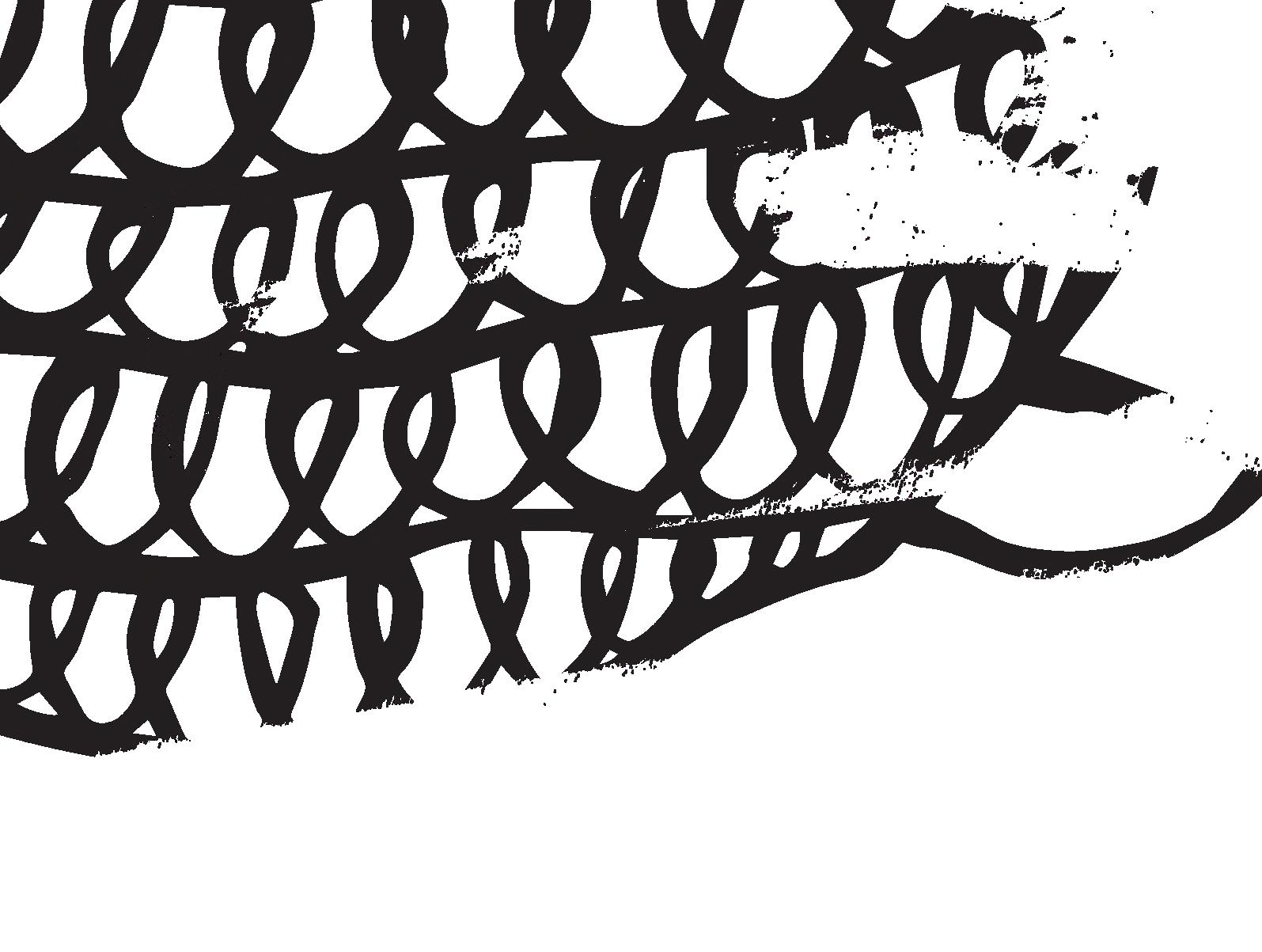
It is one thing to have an “acknowledgement” that property rights were taken away; it is another for the rightsdepriver to add things, unsolicited and unilaterally, to the acknowledgement formula, further weakening our culture and strengthening their own. Consequently, many view the “emerging leader” coda as an unwelcome addition. How to circumvent the sage advice of elders and battle-weary leaders? “Emerging leaders.” Who gets to define what an “emerging leader” is? Not the collective. When the Referendum Council engaged the Australian Institute of Aboriginal and Torres Strait Islander Studies (AIATSIS) to organise the constitutional dialogues, it was never debated, let alone disputed, that Traditional Owners and other elders were our cultural authority and would underpin the decision-making of dialogues.
The discomfort with the term “emerging leaders” is far from a repudiation of youth. Our gundoos, our jarjums, our young people, constitute the majority population in Aboriginal and Torres Strait Islander communities. Our young people drive much of what we devote our lives to.
The Uluru Statement from the Heart singles out our young people in detention: “Our children are aliened from their families at unprecedented rates. This cannot be because we have no love for them. And our youth languish in detention in obscene numbers. They should be our hope for the future.”
The uneasiness many feel with the “emerging leader” trope is a lament for the relentless and pernicious chipping away at culture. The Howard years saw the dichotomising of reconciliation, into “practical” and “symbolic” reconciliation. Practical reconciliation meant ostensibly hard-headed policies aimed at socio-economic disadvantage, health, education, employment and housing.
We know now that this approach has incontrovertibly failed to address disadvantage. The matters that Howard regarded as “symbolic” were advocacy for the right to self-determination, an apology, reparations, treaty and land rights. This bifurcation of reconciliation means Australia, for two decades, has delayed grappling with the pillars of reconciliation, truth and justice.
These concerns for the shortcomings of reconciliation align with the sentiment expressed in the constitutional dialogues that led to the Uluru Statement from the Heart. They also align with the deep discomfort at the “emerging leaders” trope.
Uluru was a gamechanger. If treaty was the British Crown’s solution to dispossession elsewhere, the Uluru statement is the Australian solution to a very Australian problem.
The dialogues sought to inject the one thing that had been decoupled from the recognition process: truth-telling about Australian history. Uluru reoriented Australian reconciliation to where it should be: what is the truth and what does repair look like? The reform agenda spoke to Voice, Makarrata and Truth. Some of the Reconciliation Plan (RAP) sector—those who took seriously the work of talking to their Indigenous workforce as core business and not tick-a-box corporate social responsibility—intuitively understood the Uluru statement.
While RAPs represent a “practical reconciliation” approach, the emphasis on “having a say” in practical matters helped the sector’s comprehension of the voice to parliament.
This was an unexpected consequence of Australia’s unconventional approach to reconciliation. Now, these supporters of Uluru no longer need RAPs. RAPs are to the Indigenous workforce what Acknowledgements of Country are to the Australian parliament. A protected voice in the Constitution would mean First Nations matters are core business to the nation, not an add-on.
In National Reconciliation Week, we saw Reconciliation Australia suspend Rio Tinto from its RAP program for destroying ancient Aboriginal sites. Who saw that coming? Reconciliation with teeth!
Since Uluru, we have seen a lot of shifting sand. Solidarity with Black Lives Matter in the United States galvanised a growing sentiment in Australia that the time for change is upon us.
The world is changing beneath our feet. An invitation was issued to the Australian people three years ago at Uluru and support is growing. If not now, when? When our voice is protected in the Constitution from the vagaries of ideology and party politics, we will be heard, and we can have a fair and truthful relationship with the people of Australia.
It is only then that the acknowledgement of country will become less ritualistic and performative. It will no longer be an Australian welcoming; it will be an Australian homecoming.
Megan Davis is a Cobble Cobble woman from Queensland, a Pro Vice-Chancellor and Professor of Law at UNSW, Balnaves Chair of Constitutional Law, and a member of the Referendum Council.
This article originally ran in the July 2020 issue of The Monthly. Go to themonthly.com.au to read more.

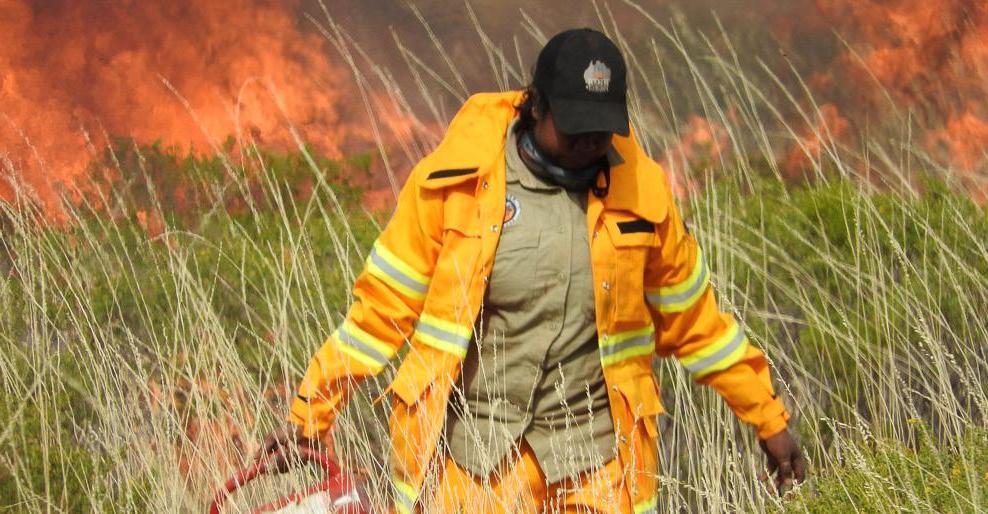
FIRST NATIONS LEADERSHIP DURING THE COVID-19 CRISIS
Photo: 10 Deserts Project

Aboriginal and Torres Strait Islander organisations and communities were at the forefront of effective responses to COVID-19. While the crisis exposed startling inequities in Australia’s health outcomes, so too has it shown the enduring resilience, creativity, and decisiveness of Aboriginal and Torres Strait Islander leaders and governance.
This story includes information from a webinar series, hosted by the Australian Indigenous Governance Institute (AIGI), in which participants discussed First Nations communities responses to the crisis, what can we learn from these responses, and how to take these innovations forward.
In March 2020, the Ngurrara community, in the Kimberley region of Western Australia, was just one of many remote communities that made the difficult decision to lockdown their Country ahead of the rise of COVID-19. Aboriginal Corporation, helps manage the Ngurrara community’s 77,595 square kilometres of native title lands, as well as being the deputy chair of the 10 Deserts Project. Despite making action plans for months, he said the lockdown was “a big fright for [his] mob.”

“It was really hard upfront. A lot of [community members] couldn’t understand the high risk.”
Aboriginal-controlled health services also were anticipating and planning for the pandemic.
“We didn’t wait for the Australian government or anybody else to tell us how serious [COVID-19] was,” said Pat Turner AM, CEO of the National
Aboriginal Community Controlled
Health Organisation.
“We wrote directly to the Prime Minister, every premier, and every chief minister asking them to take urgent action in line with what was happening ... with [First Nations] communities closing down.”
“We wanted to protect our people because we knew the vulnerability.”
Due to many interrelated reasons— including chronic health issues and inequitable access to services and housing—First Nations peoples are significantly at risk of contracting COVID-19.
This crisis, according to Pat Turner, exposed the fault lines of neglect and inequity in Aboriginal and Torres Strait Islander health outcomes. “It doesn’t matter where our people live. We have overcrowded housing with multi-generational families whether you’re in downtown Melbourne, a regional town, or a remote area.”
This is why for leaders like Peter Murray, protecting the community was the ultimate priority.
“We can’t afford to have even one case in the community … it would spread like wildfire.” Opportunities for leadership
A study published in the Australian Journal of Medicine lauded First Nations communities for leading the way in COVID-19 pandemic planning, response, and management.
Sarah Brown AM, CEO of Purple House in Alice Springs, noted that when lockdown kicked off, non-Indigenous service providers closed shop, whereas Aboriginal and Torres Strait Islander organisations were quick to work together and collaborate.
“There was a feeling that people had to work together to keep everyone safe,” she said.
“People stepped up to their traditional leadership roles a lot more than they did when there were formal meetings organised by someone else.”
This was an experience mirrored in the communities of the 10 Deserts Project, which spans 2.7 million square kilometres of central desert country.


